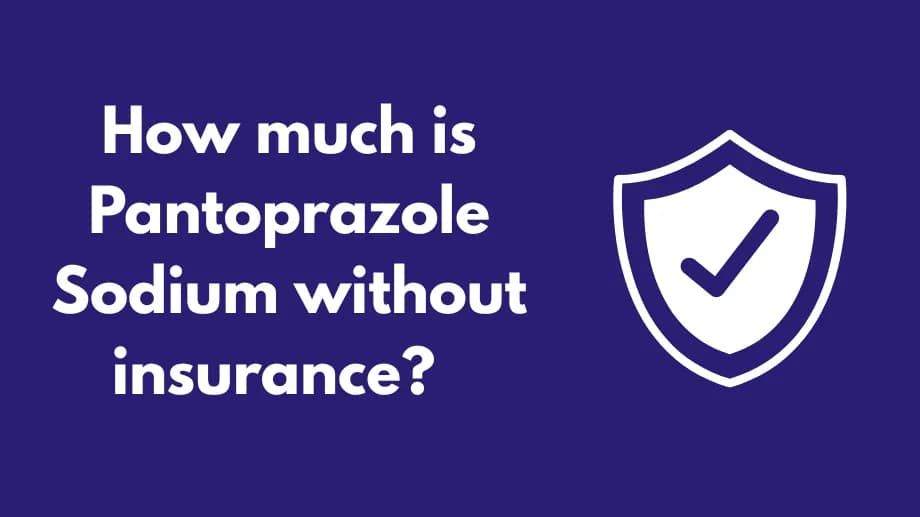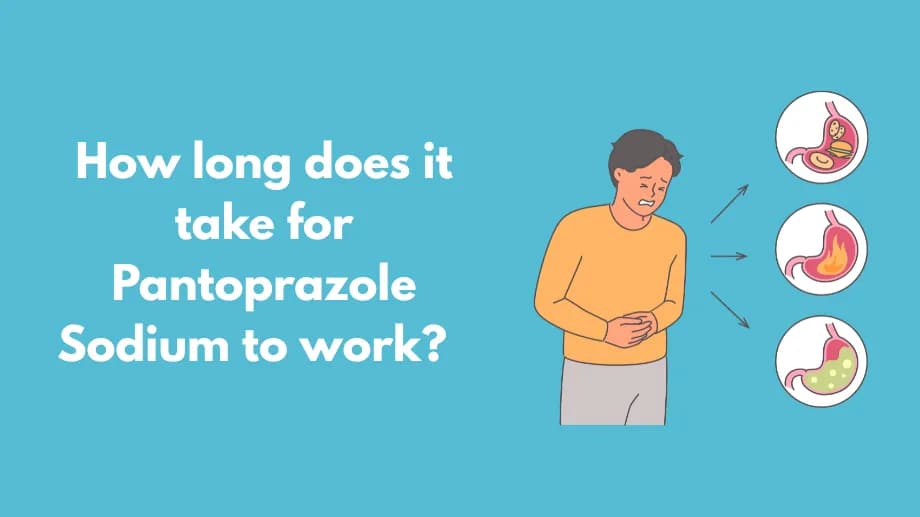Pantoprazole Sodium side effects and how to avoid them

Pantoprazole sodium is the generic form of Protonix, used to treat acid‑related stomach and esophagus issues such as heartburn and acid reflux. Available as delayed‑release tablets and granules, it is generally well tolerated. However, it can cause both mild and serious side effects.
Most Common Side Effects
- Headache
- Diarrhea
- Nausea
- Stomach pain
- Constipation
- Vomiting
- Dizziness
- Gas
- Joint pain
- Muscle aches
Serious Side Effects
- Severe allergic reactions (anaphylaxis): hives, facial/lip/tongue/throat swelling, breathing difficulty
- Bone fractures: long‑term use may weaken bones, especially in older adults and women
- Clostridium difficile–associated diarrhea: watery diarrhea, fever, persistent stomach pain
- Kidney problems: interstitial nephritis, reduced urine output, blood in urine, swelling of feet/ankles
- Severe skin reactions: Stevens‑Johnson syndrome, toxic epidermal necrolysis
- New or worsening lupus: rash on sun‑exposed areas, fever, muscle pain, fatigue
- Low magnesium: muscle cramps, weakness, irregular heartbeat, tremors (with use >3 months or concomitant diuretics)
- Vitamin B12 deficiency: anemia, fatigue, numbness/tingling in hands or feet (with use >3 years)
- Fundic gland polyps: stomach lining growths that may become cancerous (with long‑term use)
How to Minimize Side Effects
- Use for the shortest effective duration to reduce risk of long‑term effects
- Headache: consider acetaminophen or ibuprofen after consulting your provider
- Diarrhea: report persistent or severe diarrhea to your provider to rule out infection
- Bone health: ensure adequate calcium and vitamin D intake, engage in weight‑bearing exercise
- Skin reactions: use topical antihistamines or corticosteroids for mild rashes; seek immediate care for severe rashes or flu‑like symptoms
- Low magnesium/B12: discuss periodic blood tests and supplementation if needed
Frequently Asked Questions
What does pantoprazole treat?
Pantoprazole sodium is approved for short‑term treatment and maintenance of erosive esophagitis due to GERD, Zollinger‑Ellison syndrome, and other hypersecretory conditions. It is also used off‑label for NSAID‑induced ulcers.
How does it work?
It blocks the stomach’s proton pump (H⁺/K⁺ ATPase), reducing acid production and allowing esophageal and gastric tissues to heal.
What should I tell my provider before taking it?
Inform your provider if you have allergies to pantoprazole or its ingredients, low magnesium/calcium/potassium, or if you are pregnant, planning pregnancy, or breastfeeding.
Are there drug interactions?
Pantoprazole can be taken with antacids. Other interactions include:
- Antiretrovirals (e.g., nelfinavir, atazanavir)
- Drugs requiring stomach acid (e.g., ketoconazole, itraconazole, certain anticancer agents)
- Warfarin
- Methotrexate
- Clopidogrel
What if I miss a dose?
Take it as soon as you remember unless it is close to your next dose; do not double up.
How should it be stored?
Keep at room temperature below 86°F (30°C) in its original container, away from children.
How long can I take it?
Up to 8 weeks for erosive esophagitis, with an optional second 8‑week course if needed. Maintenance therapy may continue up to 12 months under medical supervision.
Related Medications
- Prilosec (omeprazole)
- Nexium (esomeprazole)
- Zegerid (omeprazole/sodium bicarbonate)
- Aciphex (rabeprazole)
- Dexilant (dexlansoprazole)
- Prevacid (lansoprazole) / Prevacid SoluTab




